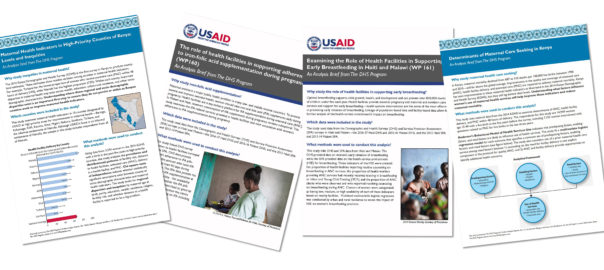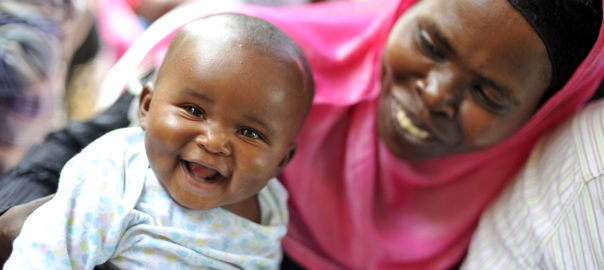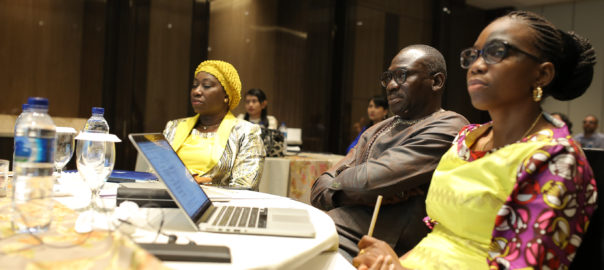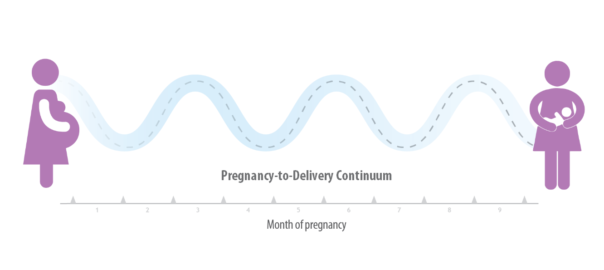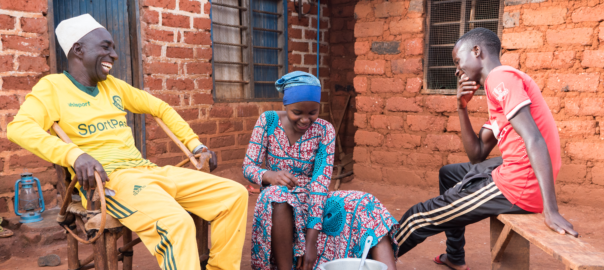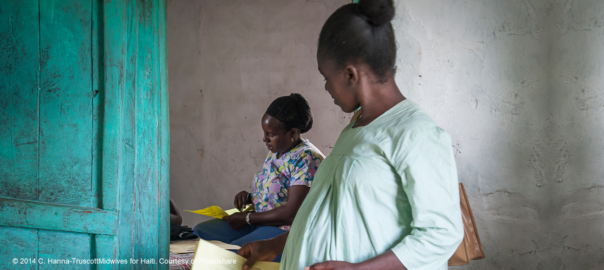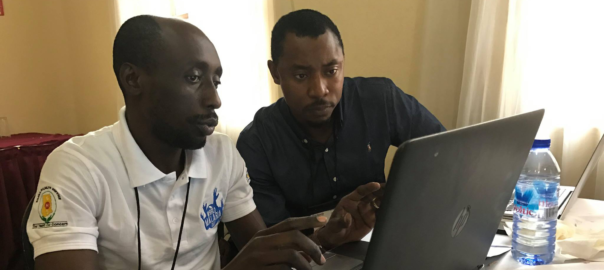Introducing DHS Program Analysis Briefs
Over the last 30 years, The DHS Program has published more than 500 analytical reports in collaboration with researchers and institutions around the world. These reports extend to a wide variety of topics covering population and health issues with the ultimate purpose to be used in policy formation, program planning, and monitoring and evaluation. However, many […]


